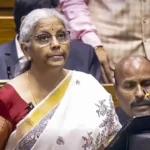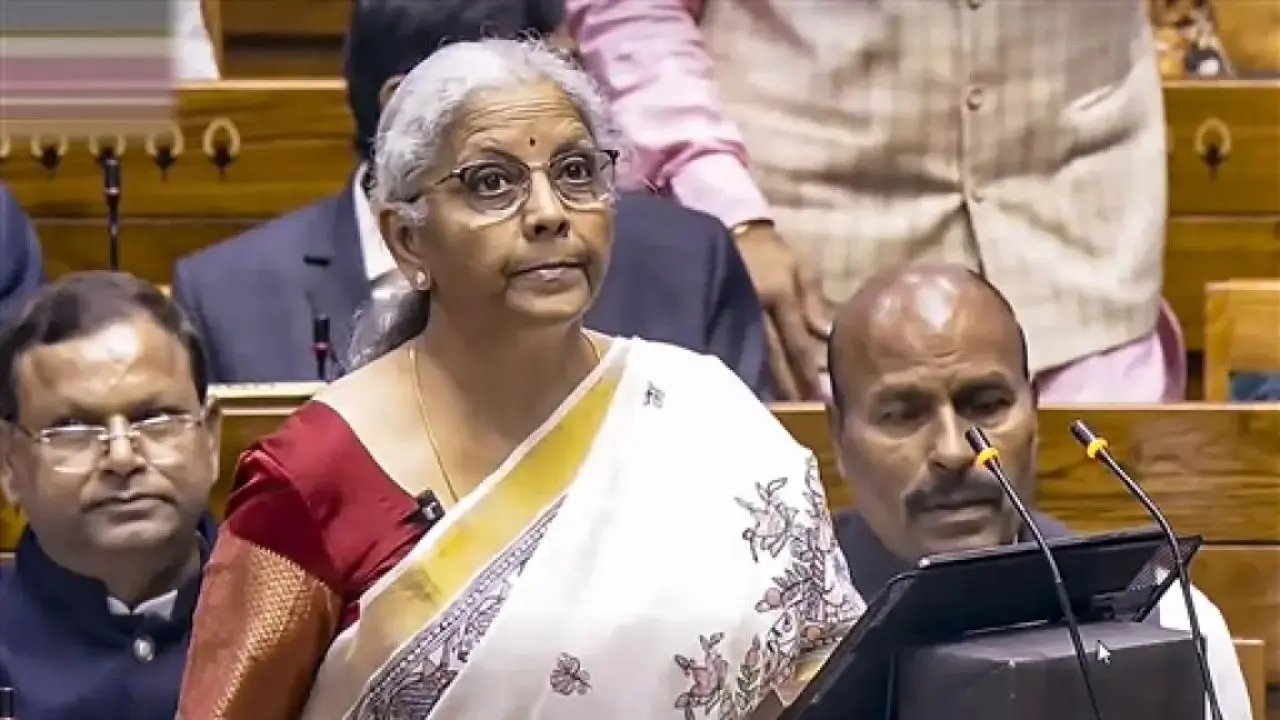Prime Minister (PM) Narendra Modi is set to inaugurate the Navi Mumbai International Airport (NMIA) on October 8, marking a significant milestone in India’s aviation landscape. In anticipation of the high-profile visit, authorities have launched an intensive beautification and security drive across Ulwe and the surrounding areas.
Beautification and last-minute works in full swing
In Ulwe, roads are being resurfaced, illegal encroachments cleared, and public spaces cleaned up. On October 4, the asphalt work was underway near the NMIA entrance and service roads. Teams of labourers worked tirelessly under the afternoon sun to meet a tight two-day deadline.
“We were asked to complete the patching and dambar work urgently due to the PM’s visit. Normally, this takes longer, but now everything must look clean and perfect,” said Ramesh Gupta, a road worker supervising the repairs.
Security measures on high alert
The airport will be secured by 1,840 CISF personnel, with AI-powered surveillance, biometric screening, and Digi Yatra contactless check-ins in place. A comprehensive disaster management framework is also being implemented, ensuring preparedness for emergencies in the face of rising global aviation threats.
Commercial operations to begin in December
While the inauguration is set for October 8, commercial flight operations are expected to commence in the first week of December. Officials cite ongoing operational trials and final finishing work as the reason for the delay.
NMIA is expected to ease congestion at Mumbai’s Chhatrapati Shivaji Maharaj International Airport (CSMIA) and offer a seamless, tech-driven travel experience, establishing itself as a world-class aviation hub.
Targhar Station: NMIA’s suburban rail link nearing completion
Just across the road from NMIA, the Targhar Railway Station is in the final stages of construction. Developed by CIDCO at a cost of Rs 112 crore, the station is envisioned as a multi-modal suburban transit hub with:
● Three island platforms and two end platforms
● Wave-shaped roof inspired by the nearby creek
● Shuttle connectivity to the airport
● Integrated retail spaces and commuter facilities
● Multi-level parking and drop-off zones
While trains currently do not halt at Targhar, Central Railway officials confirm that the station will be operational in the coming months.
NMIA by numbers: A snapshot
Passenger capacity:
Phase-1 (Terminal 1): 20 million passengers per annum (MPPA)
Future phases by 2032:
● Terminal 2: +30 MPPA
● Terminal 3: +20 MPPA
● Terminal 4: +20 MPPA
● Total capacity: 90 MPPA
Runway infrastructure
Two parallel runways designed for high traffic
Capable of handling up to 45 air traffic movements (ATMs) per hour
Enables simultaneous take-offs and landings
Twin-airport model: CSMIA + NMIA
NMIA and Mumbai’s CSMIA will operate as a twin-airport system, with the Navi Mumbai Airport set to decongest air traffic and expand connectivity across India and abroad.
Terminal 1: Design and technology highlights
● Architecture inspired by the lotus flower
● Emphasis on natural lighting and green, sustainable features
● Self-check-in kiosks with biometric authentication
● Automated baggage handling systems
● Smart security lanes and automatic boarding gates
● Expansive lounges and flexible gate allocation
Multi-modal connectivity
NMIA is designed to be India’s most connected airport, with integrated access via:
● Metro lines (including planned Mumbai Metro links)
● Harbour line suburban rail stations
● Mumbai Trans-Harbour Link (MTHL)
● Water transport hubs for coastal last-mile connectivity
Cargo and general aviation capabilities
Cargo handling
● Cargo capacity of 0.8 million tonnes/year
● Infrastructure supports e-commerce, pharma, perishables, and international freight
● India’s largest general aviation terminal
Dedicated GA (General Aviation) terminal with premium amenities
Seventy-five aircraft stands for private jets and charters
On-site heliport for medical, tourism, and corporate services
The Navi Mumbai International Airport represents a major leap in India`s airport infrastructure, combining sustainability, technology, and scale. As it prepares to welcome passengers by the end of 2025, the project is already reshaping the economic and urban landscape of Navi Mumbai and beyond.











